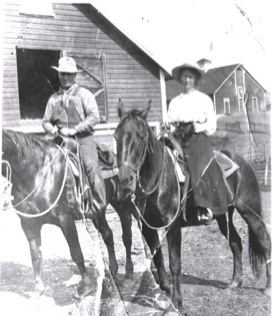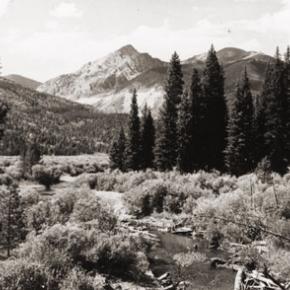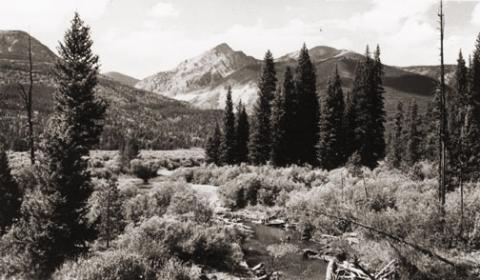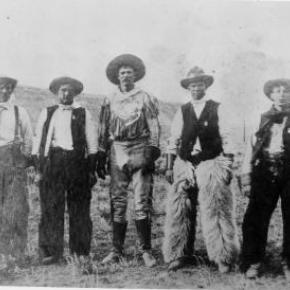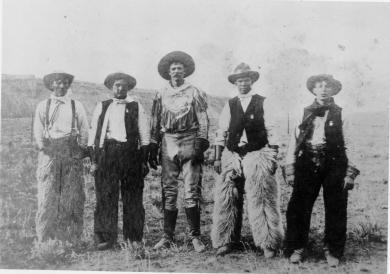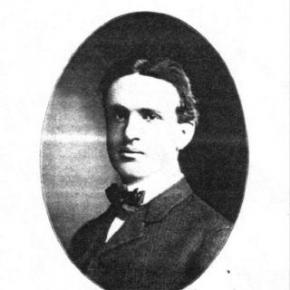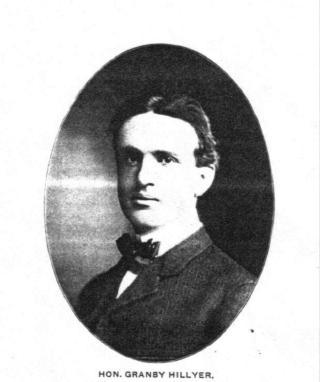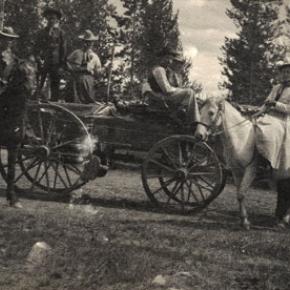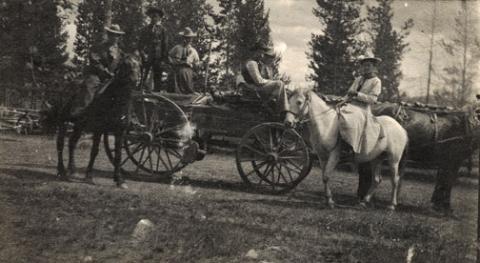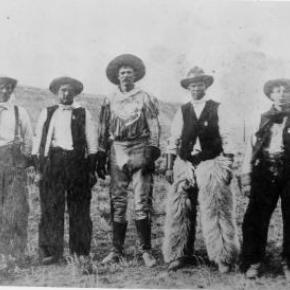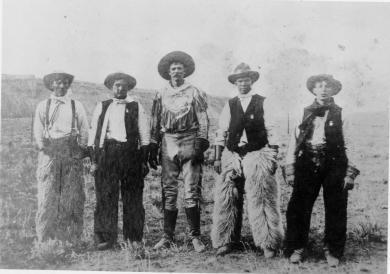Indian Legends
Indian Legends Articles
| Origins of the Ute People |
Origins of the Ute People

Before there were any people anywhere, the Creator, "Sinawaf", cut sticks and placed them in a large sack. After many days, this aroused the curiosity of the coyote. When Sinewaf was away, the coyote could no longer control himself and opened the sack. Out came many people who scattered in all directions. Each spoke a difference language from the others. When Sinewaf returned, there were only a few people remaining in the sack. He was furious with the coyote, as he had planned to distribute the people equally in various parts of the land. As there could now be no such equity, there would be wars among the different people, who would fight for the best locations. Of the small group left in the sack, Sinawaf called them Ute or Nuche, which meant "the people". They would be a very brave and strong tribe. |
| The Ute Legend of Grand Lake |
The Ute Legend of Grand Lake

A group of Utes were camping on the shores of Grand Lake when they were suddenly attacked by an enemy tribe of the Arapaho (and in some versions the Cheyenne as well). As the brave Ute warriors began fighting, the women and children were hurried onto a large raft for safety and pushed to the middle of the lake. As the battle continued, a treacherous wind overturned the raft and all the women and children were drowned. Many Ute warriors were also killed during the fighting. The legend holds that you can still see ghostly forms in the morning mist rising from the lake and hear the wailing of the lost women and children beneath the winter ice. The Utes avoided the lake for many years because of these tragic events and evil spirits. |
| Ute Legend of Canyons |
Ute Legend of Canyons

|
| Ute Legend of the Quaking Aspen |
Ute Legend of the Quaking Aspen

It is amazing to behold the continuous quivering of aspen leaves in groves around Grand County, even when there is no apparent breeze. According to Ute legend, the reason for this unique aspect of the aspen tree happened during a visit to Erath from the Great Spirit during a special full moon. All of nature anticipated the Spirit's arrival and trembled to pay homage. All except the proud and beautiful aspen. The aspens stood still, refusing to pay proper respect. The Great Spirit was furious and decreed that, from that time on, the aspen leaves would tremble whenever anyone looked upon them. |
| Ute Legends of Hot Sulphur Springs |
Ute Legends of Hot Sulphur Springs

Ages ago, there were many Ute Indians who enjoyed life in Middle Park with its plentiful game and lush meadows. They lived in peace and harmony for "as many years as there are hairs on the head." In spite of this idyllic life, there was one young brave who yearned for more adventure and material goods. He proposed that the Utes attack the Sioux, who lived beyond the mountains on the plains of the rising sun. As victors, they would return in glory with much wealth and many captives. Spiquet Pah (Smoking Water) was an elderly medicine man who foresaw only grief in the prospect of such a war. He spoke before a council meeting, warning of the devastation that such an action would bring upon the tribe. He foretold " As the North Wind soon brings the snows and death of winter, so will he bring sorrow and death to our own people.....if you do this, strength and peace and plenty will be but for a few; joy will be seen no more." Disregarding his warning, most of the young men were tantalized with the temptation of the grand adventure of such a conquest. In the autumn of the year, when they usually did their hunting, the young men rallied behind the young brave and followed him over the Great Divide into combat with the plains people. As the fighters departed, a saddened Spiquet Pah went into the heart of the mountain "and pulled the hole in after him." The young Ute men found the enemy better armed and organized than they expected. Many Ute braves were killed and others were taken as slaves. The prophecy had come true as starvation and disease plagued the tribe as there were too few men to hunt for food. The old man sat on his haunches beside his subterranean fire which he heated water from an underground stream. From the mountain at Hot Sulphur Springs, water flows even today as a reminder of the rash behavior of so long ago. Another legend holds simply that the Hot Sulphur Springs water acquired medicinal qualities in answer to the prayers of an old chief who has be left by his tribe to die. The old man built fires within the mountain, and after drinking the water and bathing in them, we was restored to health and rejoined his people. |









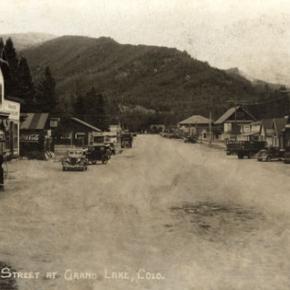
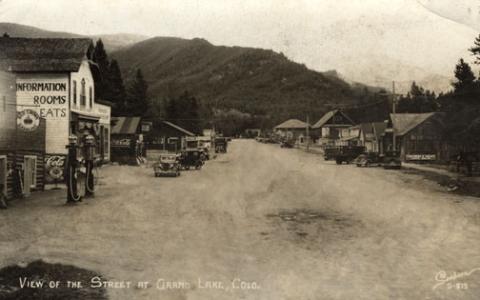
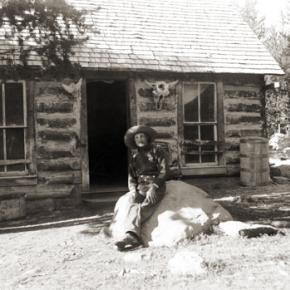
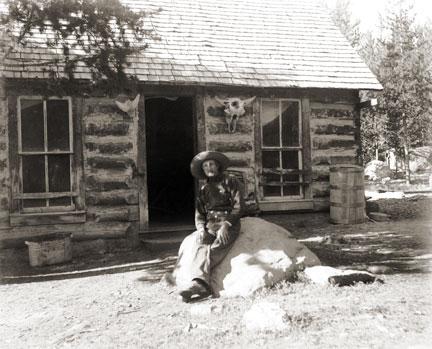
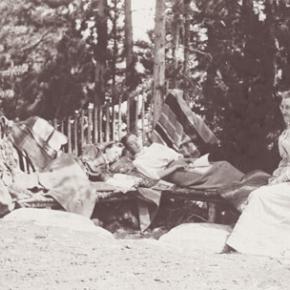
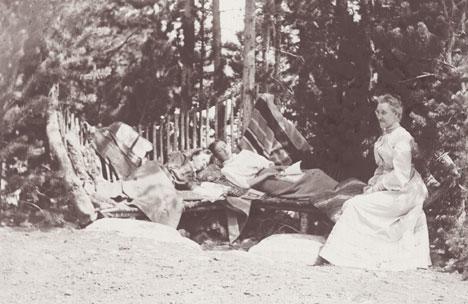
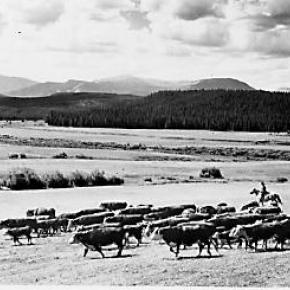
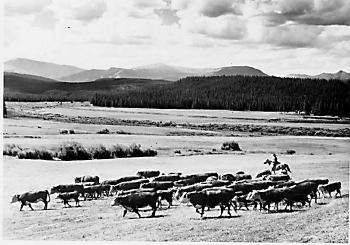
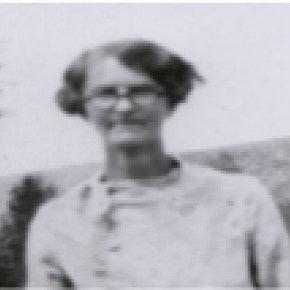
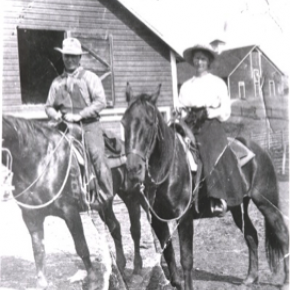
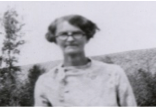 ,
, 